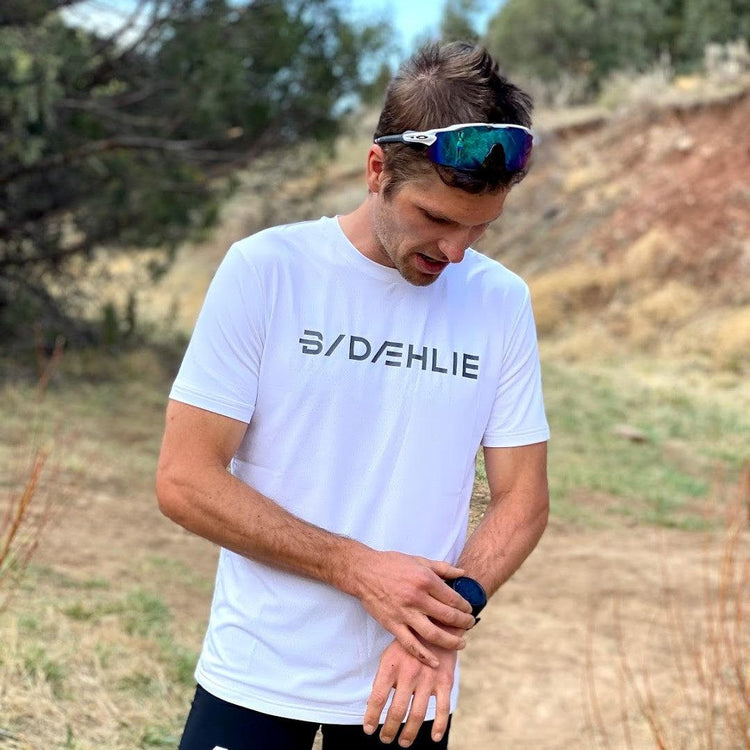Off Season Nordic Training

Often around June I can start feeling some of the nagging aches and pains created from my spring activities and transition to running after a long winter. Likely I rushed into running too quickly or just got excited as the trails dried. Either way, early June is a good time to assess the body and make sure we are taking care of ourselves. If a running injury did creep up it is best to acknowledge it and make a plan moving forward rather than pushing through as the summer is long and we want to be life-long runners rather than achy hikers (no jab on hikers or injured folks :)).
My thought towards building my mileage up or coming back from injury is to always start out by doing less than I think my body can handle. Rather than ending up super sore and tired after my early runs, I try to finish wishing I could have run for longer. This can be especially difficult on out-and-back trails, so to help I will set a timer on my watch for half the total time I want to run. No matter how awesome I feel, I force myself to turn around when that timer goes off! I usually start out with 30-40 minute runs every day and add 5-10 min per week. I tend to gradually increase the pace as my legs get increasingly used to running, but I never add any interval/speed training for about a month after I start running in the spring or following an injury..
I think it is really important to keep in mind that trail running provides a very different stimulus/challenge to road running; dodging rocks and roots is much more taxing than running on even ground for the same amount of time. Therefore, I am especially careful about not overextending myself and running too long or fast on trails after only running on roads all ski season. Likewise, pavement can beat up your legs if you’ve only been running on soft surfaces. Just be cautious of change and listen to your legs- they speak or at least mine do.
After 3-4 weeks of building into my running, I start to throw in some speed work. One of my favorite ways to do this is with fartlek style workouts; for example, five minutes of 60 seconds on, 60 seconds off. Again, I make sure to gradually progress into this workout. I also favor longer strides over shorter ones as it forces me to control the pace rather than trying to throw in actual sprints. By using 60 second fartlek's I end up going 10-15k race pace- or something I think I could sustain for at least a few minutes. After a few times doing the workout, however, I increase my pace to more of a sprint pace. To build a base of fitness, I also start doing threshold, or level 3 type of work. An example of a workout I might start out with is 3 x 10 minutes uphill running at a pace I think I’d be able to sustain for an hour or so.
Between these types of workouts, I feel like I am able to start ramping in up in preparation for long mountain runs and races all summer. As long as I listen to my body and make sure to take a day off when I’m feeling weak or tired, I am able to train and race well throughout the summer. Cheers to summer, fresh legs, sunny days, and injury-free running!
- David Norris
Gear West Videos
How to Stop on rollerskis
Custom Insoles



